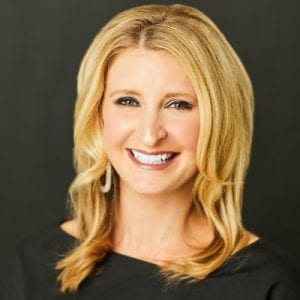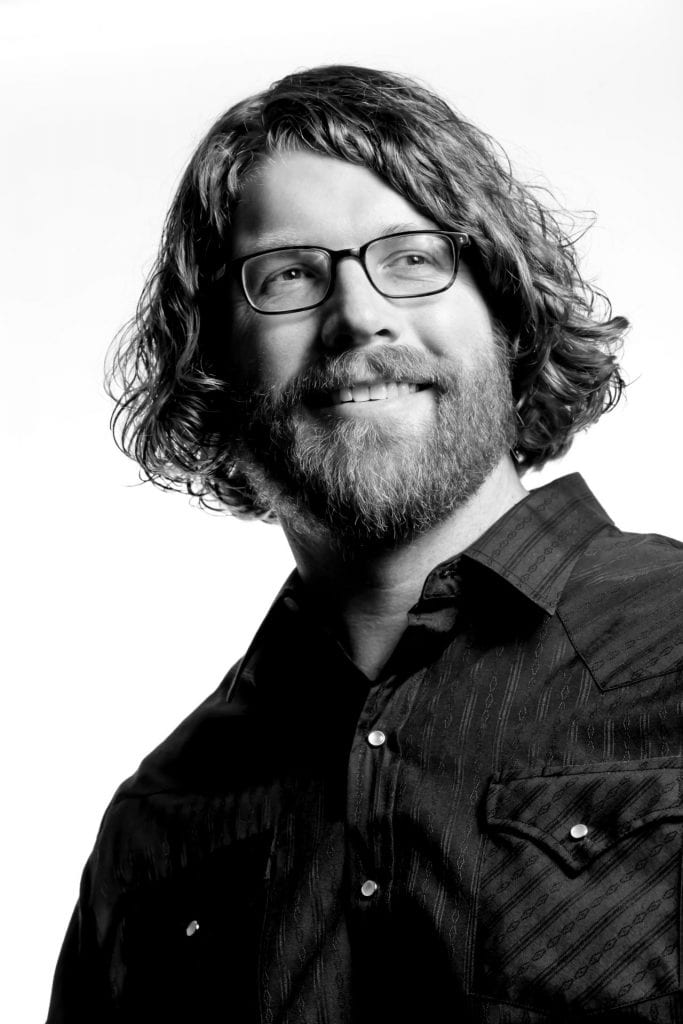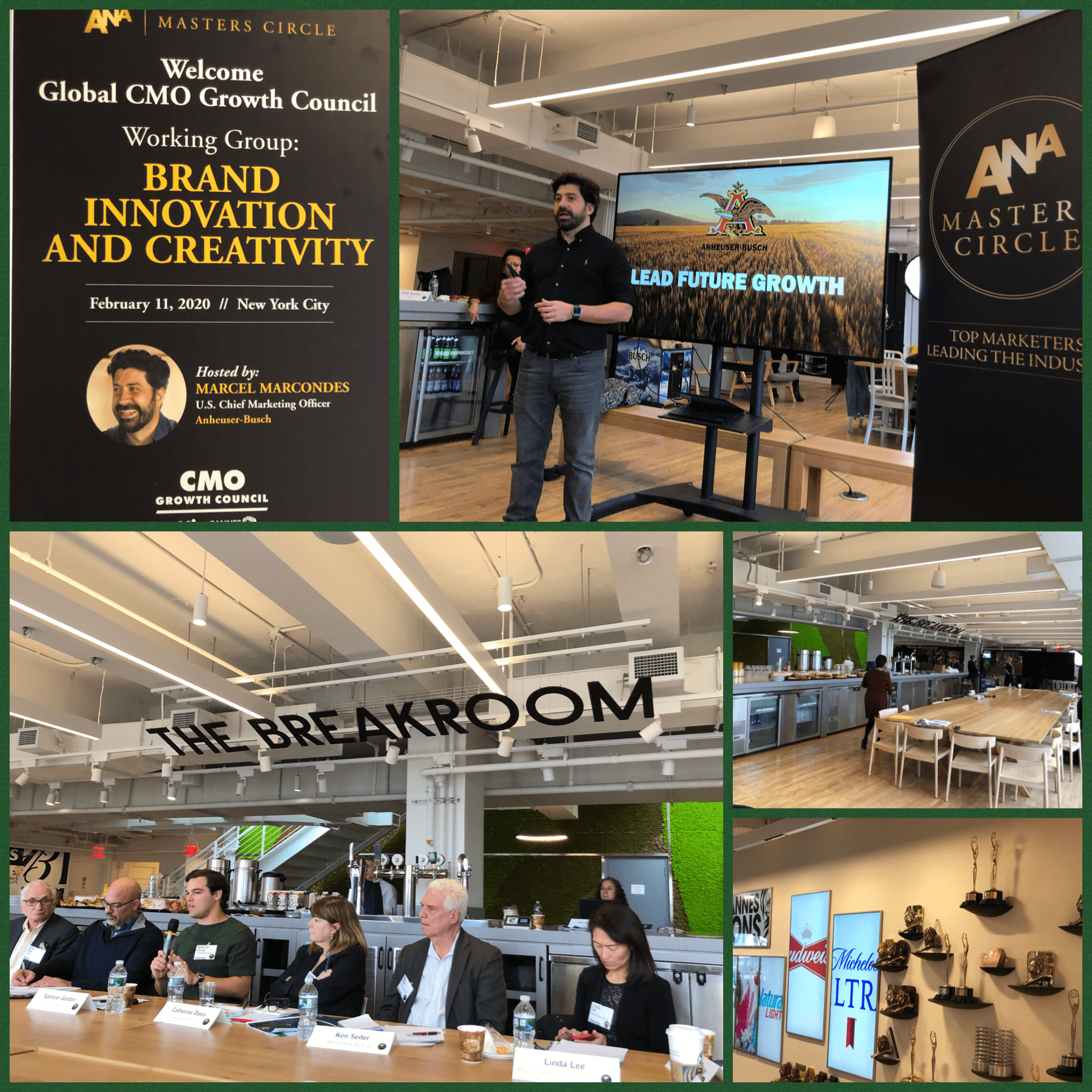
In the ever-evolving landscape of advertising and digital marketing, Dr. Quan Xie, an accomplished assistant professor at the Temerlin Advertising Institute, Meadows School of the Arts, Southern Methodist University, has earned herself a spotlight moment. Last year, she not only added another accolade to her impressive resume but left an indelible mark on the industry by clinching the prestigious AAA Research Fellowship Award at the 2023 American Academy of Advertising Annual Conference in Denver.
Dr. Xie is now a two-time recipient of the American Academy of Advertising (AAA) Research Fellowship Award (2023 and 2017) and also received the fellowship from the ANA Educational Foundation Visiting Professor Program in 2018, partnering with Publicis Media in New York City. Her commitment to education extends to serving on the Educational Board of the American Advertising Federation (AAF) Dallas.
This coveted national award is a testament to Dr. Xie’s exceptional contributions and unwavering dedication to the field. Her winning proposal, “Product Endorsement of Wellness Influencers Who Fuel the Anti-Vaccine Movement,” reflects her commitment to exploring uncharted territories within influencer marketing. Dr. Xie’s research delves into the impact of misinformation labels on influencer meanings and endorsement effectiveness, addressing a critical gap in the current marketing literature and navigating the complexities of the post-pandemic era. Dr. Xie’s research confronts the challenges of the anti-vaccine movement, a timely and pressing concern. She poses intriguing questions such as, “How does anti-vaccine advocacy impact endorsement effectiveness, and what distinctions emerge between supporters and opposers of the movement?” Dr. Xie aims to unveil the intricate dynamics of misinformation labels, pre-existing schemas, and social proof in influencer marketing through meticulously designed experiments.
Beyond the walls of academia, Dr. Xie’s work holds promise for reshaping influencer marketing strategies. Her research aims to empower practitioners with valuable tools for proactive influencer evaluation and selection. She said, “Results will extend influencer marketing literature and provide insights for practitioners.”Dr. Xie’s accomplishments in the realm of influencer marketing research are undeniable. Her dedication to understanding the broader social-cultural context of influencer meanings sets a precedent for aspiring researchers. Grounded in her established expertise, Dr. Xie’s unique perspective adds depth and nuance to her exploration of the effects and implications of digital technology in advertising. Her work exemplifies the Temerlin Advertising Institute’s commitment to pushing the boundaries of knowledge in advertising and digital marketing.
Stay tuned for updates on Dr. Xie’s research journey and further accolades from the Temerlin Advertising Institute. Driven by enthusiasm and professionalism, Dr. Quan Xie continues to pave the way, leaving an enduring legacy in the ever-evolving digital landscape.
Learn more about the AAA Research Fellowship Award and more below and here: https://www.aaasite.org/research
Research Proposal Abstract
Although extant literature provides valuable insights into the mechanisms of influencer marketing, one research gap remains: there is a lack of understanding of how the broad social-cultural context shapes consumers’ interpretations of an influencer’s meanings, which, subsequently, affects the influencer’s endorsement effectiveness. To address the gap, we will focus on the misleading anti-vaccine advocacy sent by wellness influencers and explore how the misinformation label (attached to an anti-vaccine post) affects perceived influencer meanings and endorsement effectiveness. Through three experiments, we will unveil the interaction effect among the use of a misinformation label, people’s pre-existing schema of vaccination, and two types of social proof (expert counterargument, number of “likes”) on influencer credibility, influencer transparency, influencer-follower relationship, product attitudes, and purchase intentions. Results will extend extant influencer marketing literature and provide insights for practitioners to adopt a proactive influencer evaluation and selection strategy.
Intro to the Research Question
In the post-pandemic era, vaccination is critical in the fight against COVID-19. According to federal health officials, Americans may need yearly shots to protect against the virus. Nevertheless, the anti-vaccine movement is still accelerating, given the widespread vaccine hesitancy. Many wellness influencers (influencers who cover topics of health, fitness, nutrition, and spirituality) have been fueling this movement, via posting fiery but false content questioning the safety of vaccinating, which was often labeled as “misinformation” by social media platforms. As such, for wellness influencers, how will their misleading anti-vaccine advocacy (with the misinformation label) affect their endorsement effectiveness? And how will such impacts differ between the supporters and opposers of the anti-vaccination movement? The proposed study aims to answer these questions.










